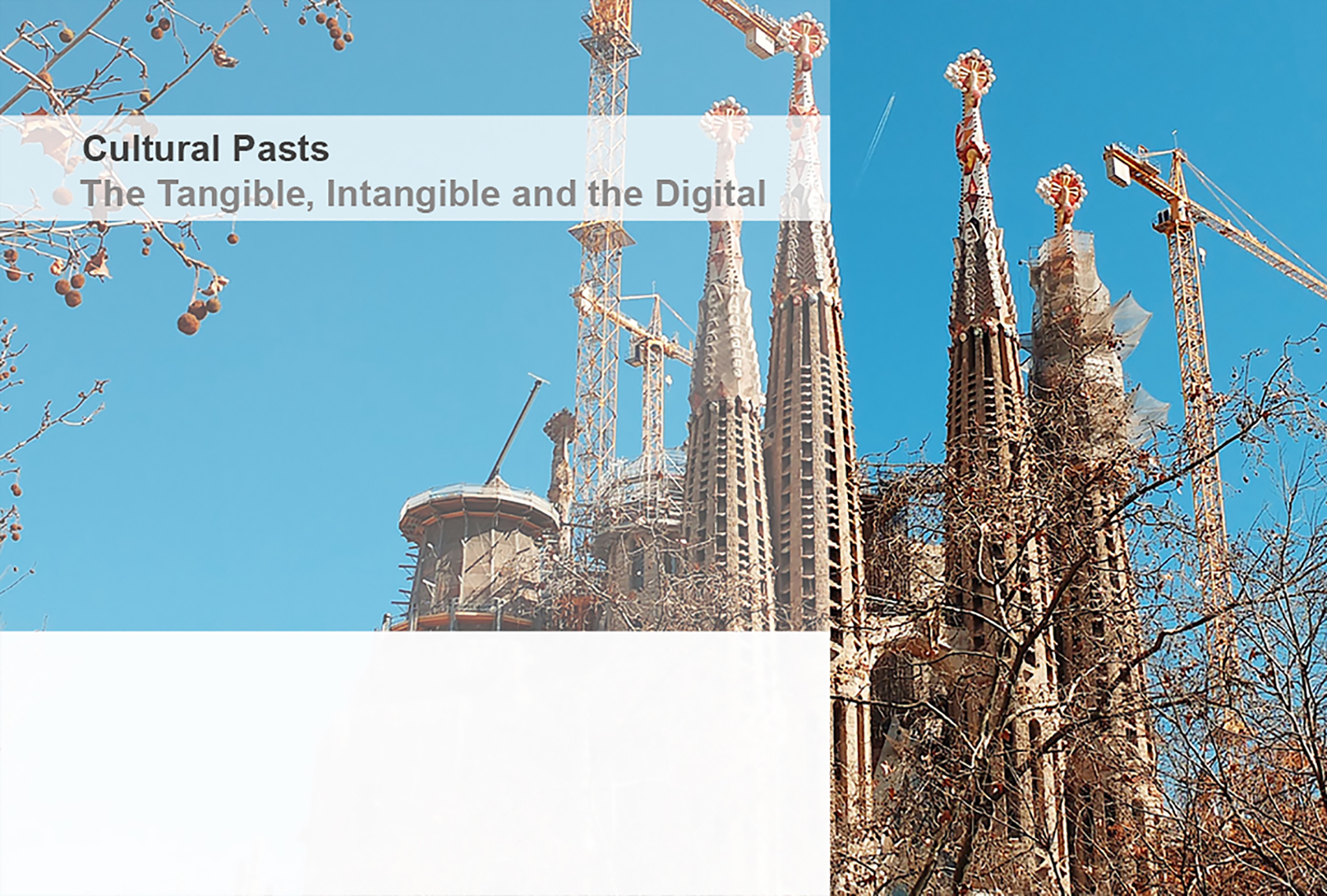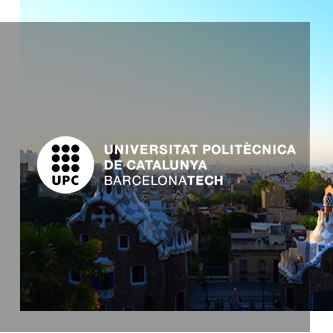
Urban Futures – Cultural Pasts Conference
.
Cultural Pasts
BARCELONA
Part of the Urban Futures – Cultural Pasts Conference
—
Track Call
Today’s understanding of what we define as heritage is increasingly complex. If we take cities as an example, the notion that its historic importance is primarily related to the age of its structures, the quality of its buildings and the authenticity of its ancient architecture is increasingly questioned. On the one hand, the notion of intangible heritage draws our attention to the cultural myths, traditions and rituals that emerged from any given place, as well as the idea that we have to conserve phenomena such a language, storytelling or festivals unique to any given place – whether that be a towns, a village or a city.
Simultaneously, increasing digitization in the heritage sector lends itself to very different definitions of the importance of place, materiality and presence. In an age in which we can digitally reconstruct artifacts, buildings, neighborhoods and entire cities, questions such as the ‘stylistic authenticity’ of a historic building become moot. In a context in which tourists visit cultural sites through online experiences, the ‘spirit of a place’ becomes a secondary question. In a scenario in which visiting a building involves augmented reality experiences, the physicality of the historic object can take on a supporting role to our digitized immersion in the past.
Seen through these lenses when we think about heritage (whether related to the city, an art object, a designed artefact or a cultural product) we are obliged to consider issues that are, often at the same time, tangible, intangible and increasingly digital. This strand of the conference seeks to explore these expanded definitions of the past as they relate to the design, cultural and artistic life typical of cities, towns and regions. The case study of Barcelona as a host city is useful. A city renowned for its built urban form, the work of Antonio Gaudi and the variety of its cultural buildings and modernist architecture, it is also a city of creative art practice, deep-rooted cultural traditions, regional folklore and a strong sense of historical identity captured, amongst other ways, by the preservation of the Catalan language.
Picking up on the implications and potentialities of such themes, this strand welcomes contributions from a range of disciplinary fields: art and architectural history; conservation practice; preservation studies; cultural studies; tourism; design; art practice; the humanities and the social sciences.
.
Key Words:
History, Conservation. Digital Heritage, Culture, Architecture, Art History, Cities
Part of the Urban Futures – Cultural Pasts Conference
This track develops themes central to the AMPS Critical Heritage research theme. This theme has been developed by AMPS to cover a range of issues related to heritage from both material and social perspective. It sits across two broader AMPS research programmes: Critical Futures and Mediated Cities. The AMPS Critical Heritage theme covers a diverse range of issues connected to questions of heritage, conservation and preservation understood through the lenses of tangible, intangible and digital heritage studies. Under these guises it is interested in built heritage traditionally understood in terms of architecture and cities, art objects and craft products. Within this framework it is concerned with questions of the historical interpretation, conservation and preservation of material artefacts> Placing this range of issues at the centre of its work, it is a set of questions that have been explored by a diverse range of AMPS collaborators from eth fields of art, architectural and urban history. Equally, the Critical Heritage theme supports research into issue of intangible heritage. Consequently, it draws attention to questions of cultural traditions, local myths, regional folklore, and the social, economic and community questions that arise when dealing with heritage – from gentrification, to the growth of local economies that can result from heritage policies such as UNESCO designations and national level heritage listings etc. Finally, it engages deeply in issues of digital heritage, with emphasis placed on the role of technologies in the digital reconstruction of artefacts and the creation of hybrid digital and physical experiences of heritage. In this guide, it has supported research into the use of virtual realities, digital modelmaking and the use of digital apps in the creation of augmented reality experiences for historic sites, museums and exhibitions internationally. Examples of the conference and books developed around these themes include: Prague-Heritages, Czech Republic, 2023 | Intangible Heritages, United Kingdom, 2022 | Representing Pasts – Visioning Futures, Virtual, 2022 | Connections: Exploring Heritage, Architecture & Cities, United Kingdom, 2020 | Urban Histories in Practice: Morphologies & Memory. Cambridge Scholars Publishing, 2021 | Narrating the City – Filmic Representations of City and Architecture, Intellect Books, 2019 | Visioning Technologies – The Architectures of Sight. Routledge, 2016. Submit an abstract:![]()
Critical Heritage:
Research:
Urban Futures – Cultural Pasts Conference
Other Tracks: Cultural Heritage – Policy, People & Place >> | Cultural Pasts – The Tangible, Intangible & the Digital >>
Main Image: Joao Marcelo




